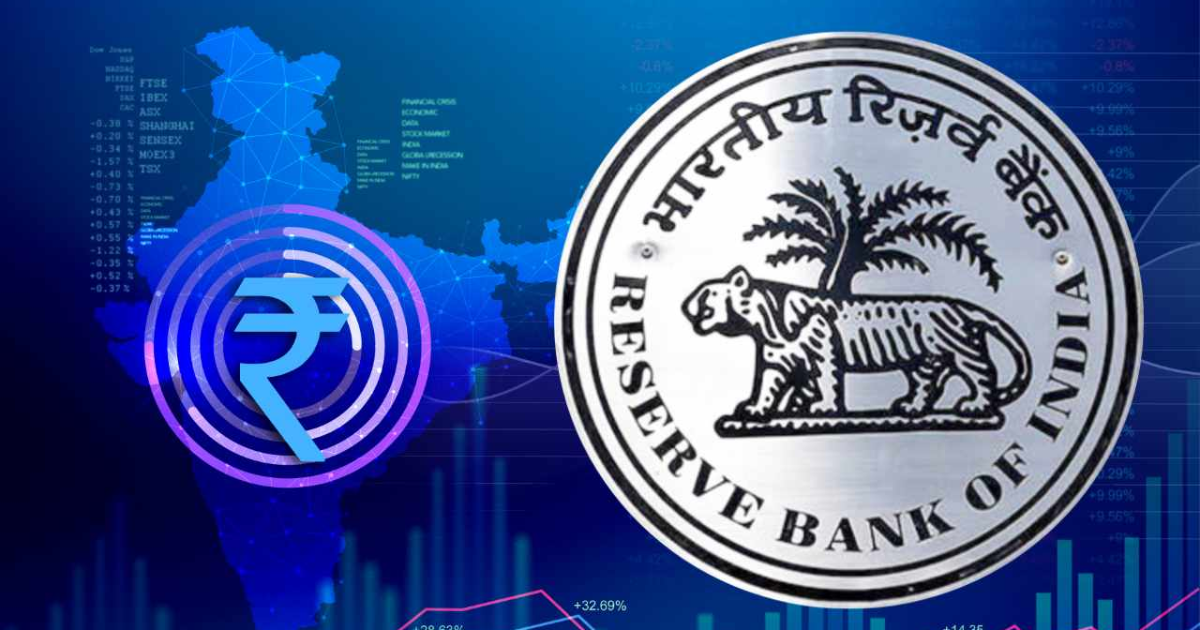The Reserve Bank of India (RBI) is planning to extend the ongoing pilots of the Central Bank Digital Currency (CBDC), known as the digital rupee (e₹), in both the retail and wholesale segments during the financial year 2023-24 (FY24), according to the RBI’s annual report.
The RBI aims to expand the CBDC-Retail (e₹-R) pilot to more locations and include additional banks in FY24. The CBDC-Wholesale (e₹-W) pilot was initiated on November 1, while the e₹-R pilot began in December.
The RBI stated that as of March 31, 2023, the value of e₹-W in circulation was INR 10.39 Cr, and for e₹-R, it was INR 5.7 Cr.
The current use case for the wholesale pilot is the settlement of secondary market transactions in government securities (G-secs). The RBI mentioned that settlement in central bank money would reduce transaction costs and mitigate settlement risk.
For the retail segment, the CBDC is positioned as an alternative to physical cash and other digital transaction methods like UPI. It can be held or used for transactions, similar to physical currency notes.
The retail pilot was initially launched in closed user groups across four cities, and later expanded to include 10 more cities. The number of participating banks also increased from four to nine during the pilot phase.
The RBI expressed satisfaction with the results of both pilots, stating that they have met expectations thus far.
In addition, the RBI’s annual report highlighted the operational status of digital banking units (DBUs). These units, announced by Finance Minister Nirmala Sitharaman, were established to enhance fintech initiatives. Currently, there are 84 DBUs operating across the country, offering digital products and services in accordance with regulatory guidelines and policies.
While the expansion of CBDC pilots demonstrates the RBI’s commitment to exploring digital currency, the successful implementation and adoption of a digital rupee will require further evaluation and consideration of its potential impact on the Indian financial landscape.



![[CITYPNG.COM]White Google Play PlayStore Logo – 1500×1500](https://startupnews.fyi/wp-content/uploads/2025/08/CITYPNG.COMWhite-Google-Play-PlayStore-Logo-1500x1500-1-630x630.png)